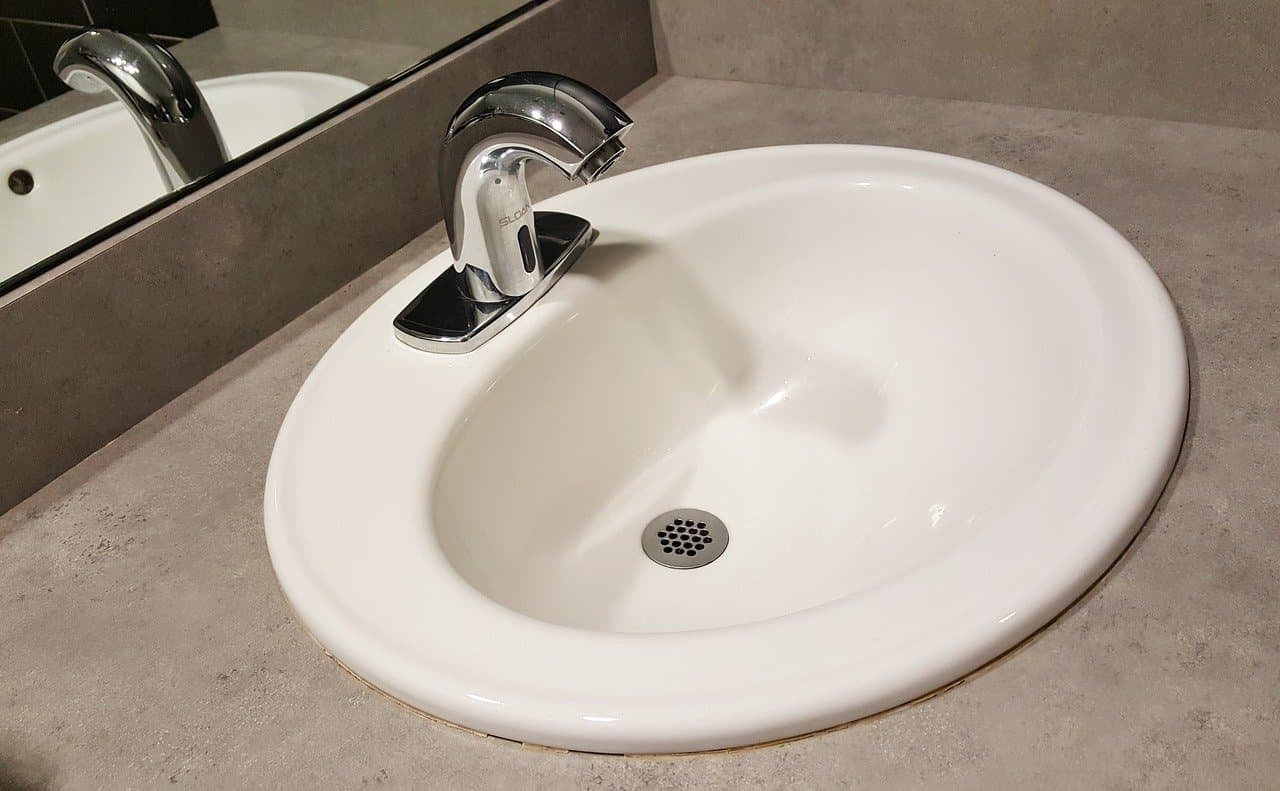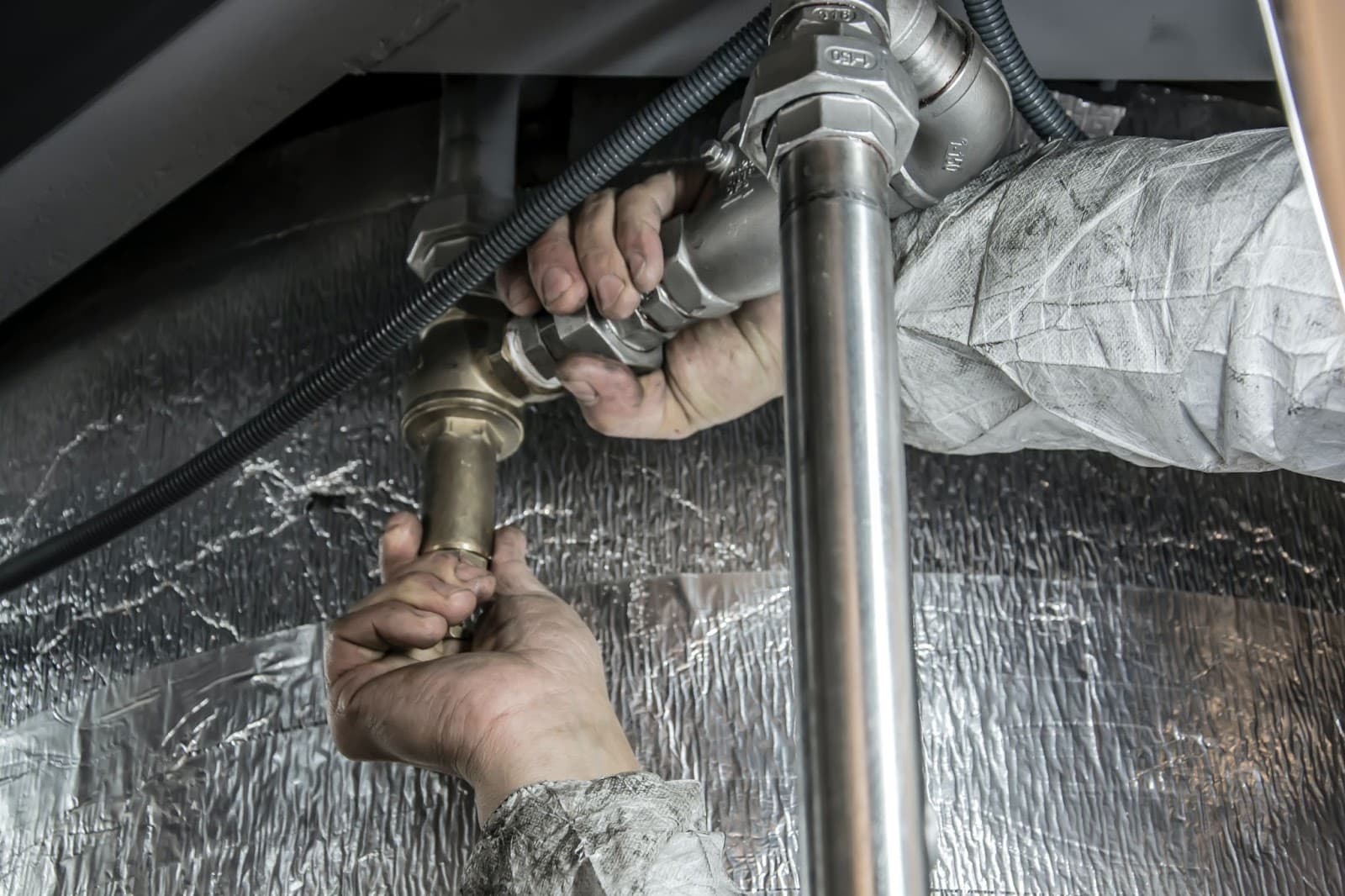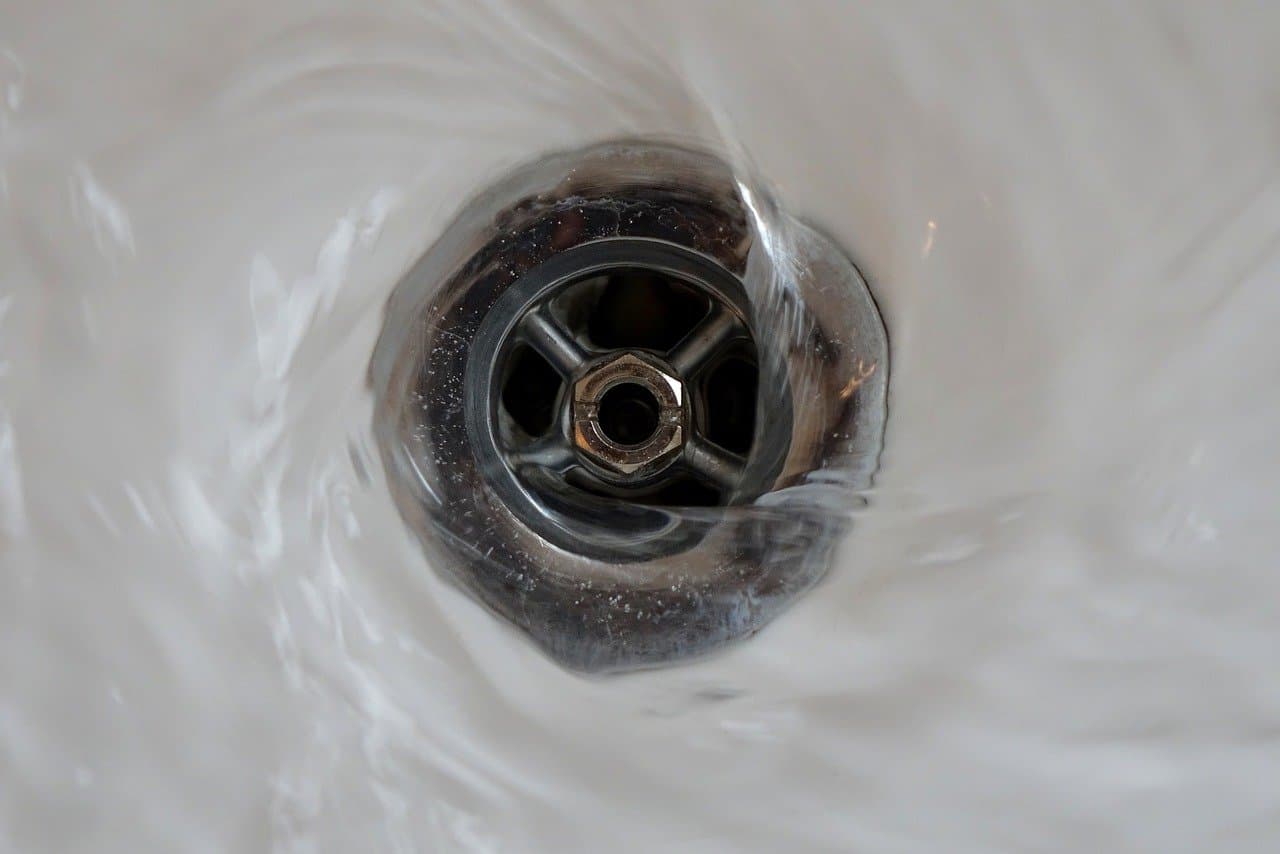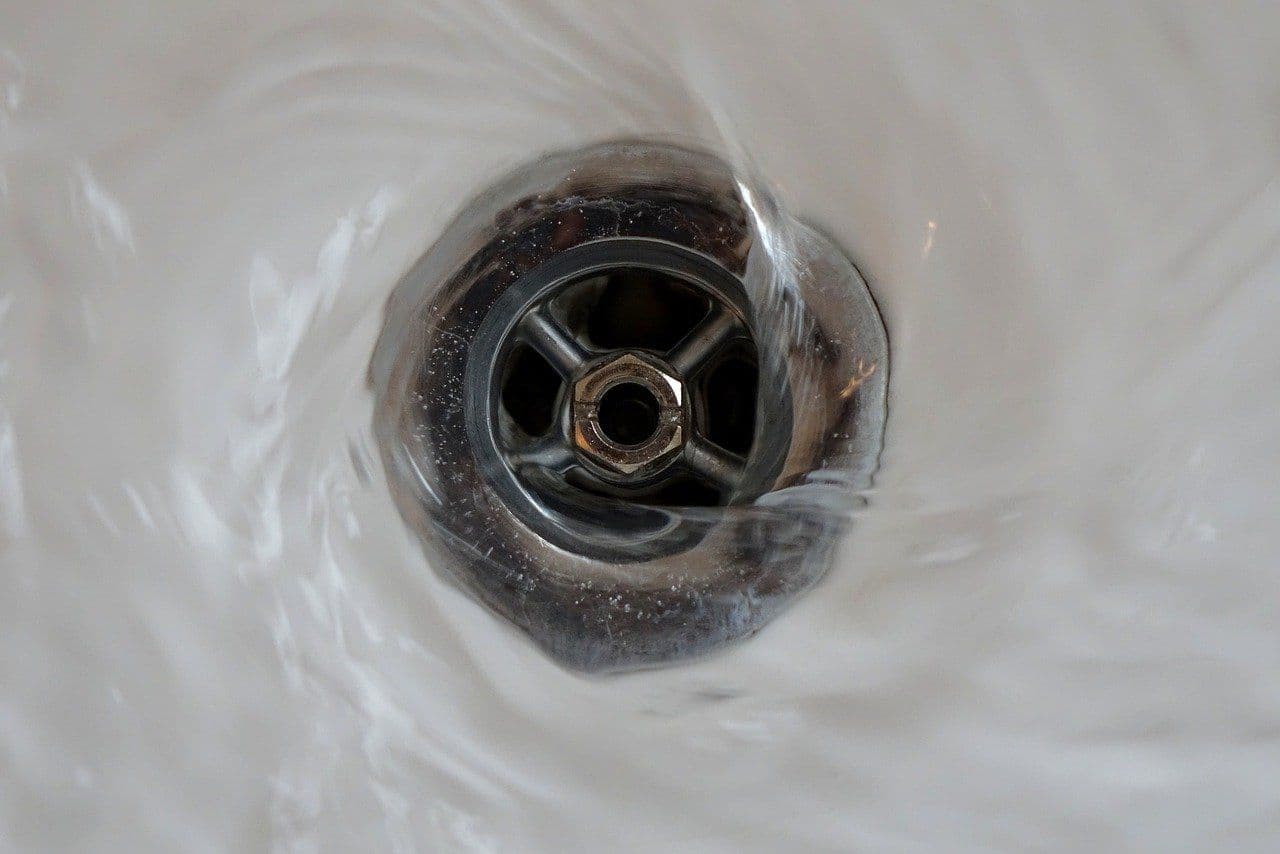How to Unclog a Bathroom Sink
Your clogged bathroom sink might start out as a simple pain but can transform into a much worse problem if left alone. A clogged drain can create unpleasant sewage odors, attract pests and grow mold. It can even lead to water back up out of other fixtures in your, or your neighbors' residence which can cause structural damage. Luckily by following these easy tips you can keep your sinks free of clogs and never have to call a plumber again!

Common Reasons for a Clogged Bathroom Sink
The biggest culprit for clogged bathroom sinks is hair: hair has a way of making its way into drains and getting stuck, especially in the P-Trap of your sink, where it easily grabs onto more hair that passes through, slowly growing its clog in your drainage pipes.
It’s not just long hair that can cause clogs either: long hair, short hair, facial hair, dog and cat fur, all of it can eventually clump together. What makes hair worse is that it can trap other larger particles such as chunks of soap, unused toothpaste and food particles creating bacteria and odors. Hair even has a natural affinity to grab onto grease and oil which adds to the clog-creating potential of hair in your drain.
Speaking of odors, hair, grease and other particles stuck in your sinks P-Trap prevents the pipe from doing its job: keeping foul and hazardous sewage gas out of your home through the clever use of a water barrier. A normal P-Trap keeps water in the U shaped bend of your sinks pipe as a simple but effective gas barrier.
When the P-Trap is full of debris like hair, gas can easily work its way up through your pipes and into your home. That, and growing bacteria and mold, are why a clogged sink smells so bad!
Tips to Unclog a Bathroom Sink

Remove Hair and Debris
Sometimes when a clog is minor enough it can be visible at the top of the drain, usually around the stopper. The stopper creates a small gap in the sink and it’s easy for debris like hair, food, soap or toothpaste to become lodged around and under it.
Pushing the stopper up as far as it can go and removing hair, especially long hair that has half drained into your pipes, as well as debris can be all you need to unclog your drain.
Plunge
For lighter clogs, adding some suction to the situation can all you need to dislodge it. With a plunger you can create suction in the pipe allowing the clog to move enough to break free and wash down the drain.
For this you will want a common sink plunger, not a toilet plunger - a standard plunger looks like an empty bowl while a toilet plunger has an extra round flap inside the bowl.
If you can, start by removing the sink stopper (if your sink stopper connects through the tailpiece pipe, make sure to tighten close the hole again), then run water until there is a small amount in the sink. Position the plunger directly over the pipe using the water to create a tight seal. Keeping the seal with the sink and pipe, plunge up and down until you feel the clog loosen, or repeat until you do.
Vinegar and Baking Soda Solution
Most clogs are much worse than a bit of debris and hair at the surface, for these clogs deep inside your pipes you can harness the power of chemistry with some simple household cleaning items: vinegar and baking soda. A funnel helps too.
To start, you can either run the hot water for a few minutes into your sink or boil a pot of water on the stove which you will then pour down your sink. After that pour ½ to 1 cup of baking soda into the drain (this is where the funnel helps) followed by 1 cup of vinegar. Cover the drain and wait 15 minutes before pouring in more hot or boiling water; your drain should now be clear of clogs!
Use Tools like a Snake
Hair can be a very stubborn clog, but that’s where a tool like a drain snake can be most effective. A drain snake is a long flexible plastic rod covered in barbs meant to snag hairs so that a clog can be pulled free.
To use a drain snake first remove the drain stopper, if possible, then push the drain snake down into the pipe as far down as it can go. At this point you may feel the clog as resistance against the drain snake. Twist the snake around and move it up and down to ensure a good grip on the clog before pulling the snake back up, hopefully taking the clog with it. Repeat until your drain is clear.
Clean out the P-Trap
Cleaning out the P-Trap is one of the most effective ways to unclog your drain, since this is where most clogs start. The P-Trap of your sink is the U-shaped bend that makes a full 180 turn. Luckily it is usually designed to be easily cleaned and will be secured with coupling nuts on both ends for easy removal.
To remove and clean the P-Trap you will want a bucket, wrench and pipe-brush or some other sort of long cleaning tool. You do not need to turn off your house’s water supply for this.
Start by positioning the bucket under the P-Trap and loosening the two nuts on either end of the U-shaped pipe. When the P-Trap is completely loose, water will drain out, but that’s what the bucket is for. Remove the P-Trap and clean it completely on the inside so water can flow freely through it. Reinstall it by positioning it back in place and tightening the coupling nuts until they are securely tight.
Leave the bucket in place under your sink and test run some water to make sure there are no leaks.
Take Apart the Drain
For major clogs cleaning more than just the P-Trap can be necessary. Large clogs can leave material stuck inside the tailpiece (the end of the P-Trap connected to the sink) as well as in the drain stub-out.
To fully take apart the drain follow the same steps to remove the P-Trap, then disconnect the pivot rod (the rod that pushes up and down the drain stopper). Just below the sink, at the top of the tailpiece pipe is a lock-nut which holds the tailpiece to the sink. Loosen this to unscrew the tailpiece pipe. This should allow you to fully clean out the pipes of your drain of any clogs and debris.

Conclusion
Keeping your bathroom sink clear of clogs is the best way to prevent catastrophic damage to your plumbing. Wiping away potential debris before it can wash into your sink can be a great way to avoid clogs becoming a problem. Hopefully this guide has given you the confidence and knowledge to do this simple but important home maintenance task!
For more information, talk to one of our Plumbing Experts and get customized advice by submitting a request through one of the following:
